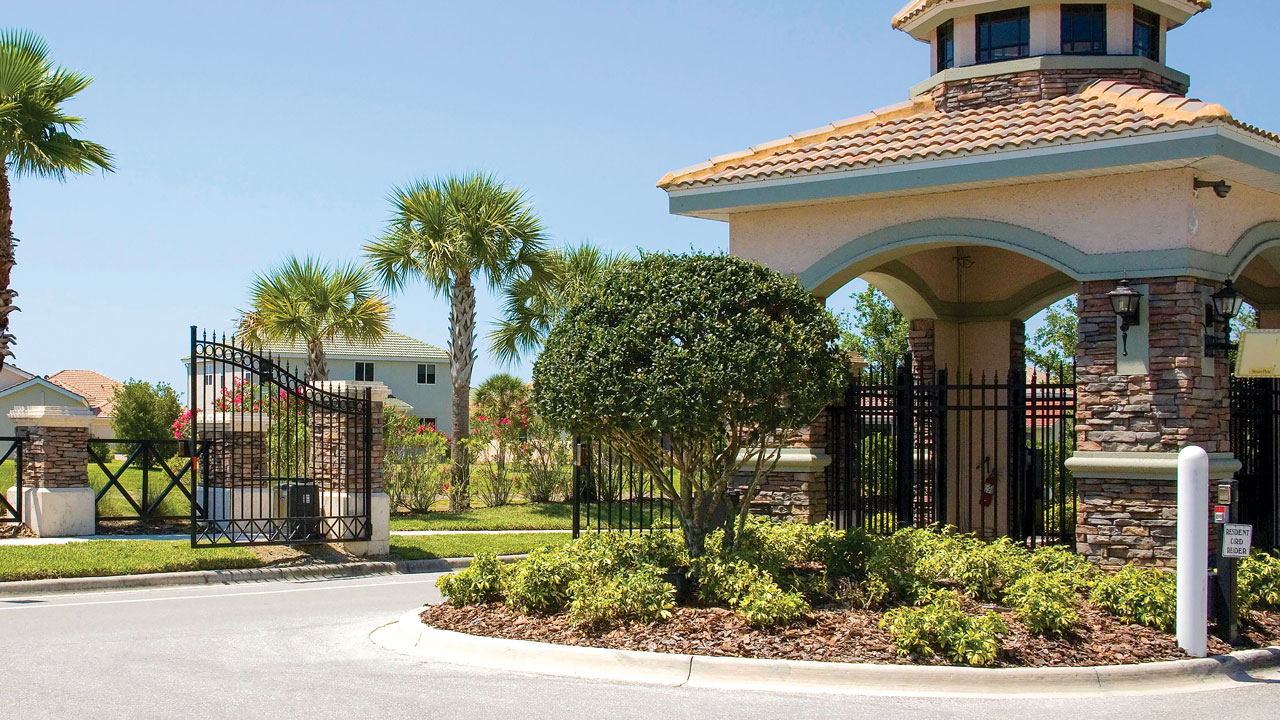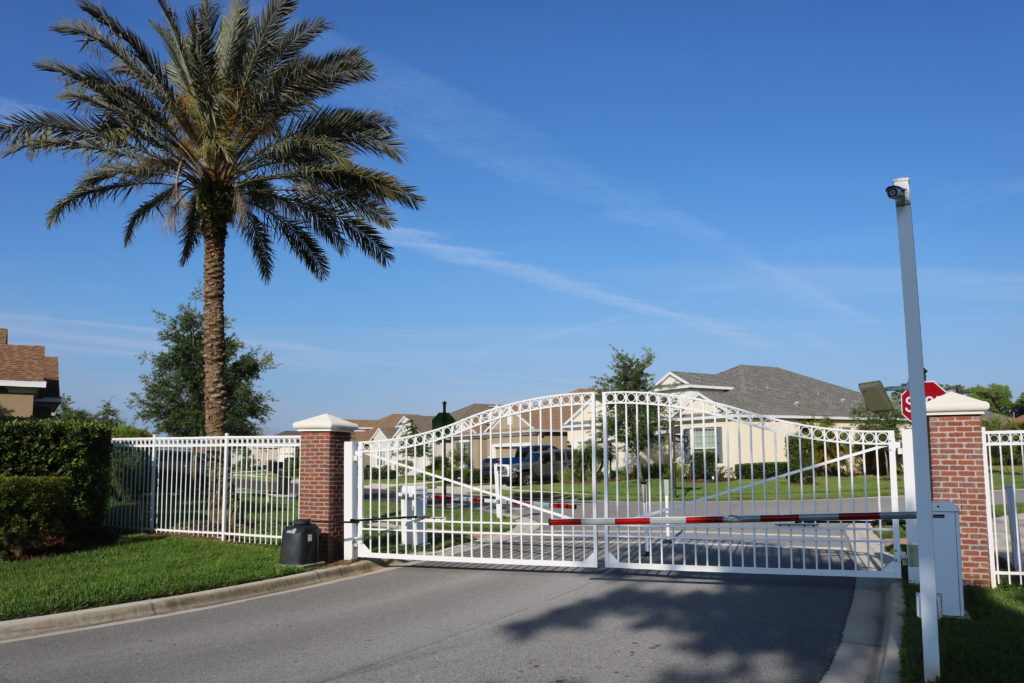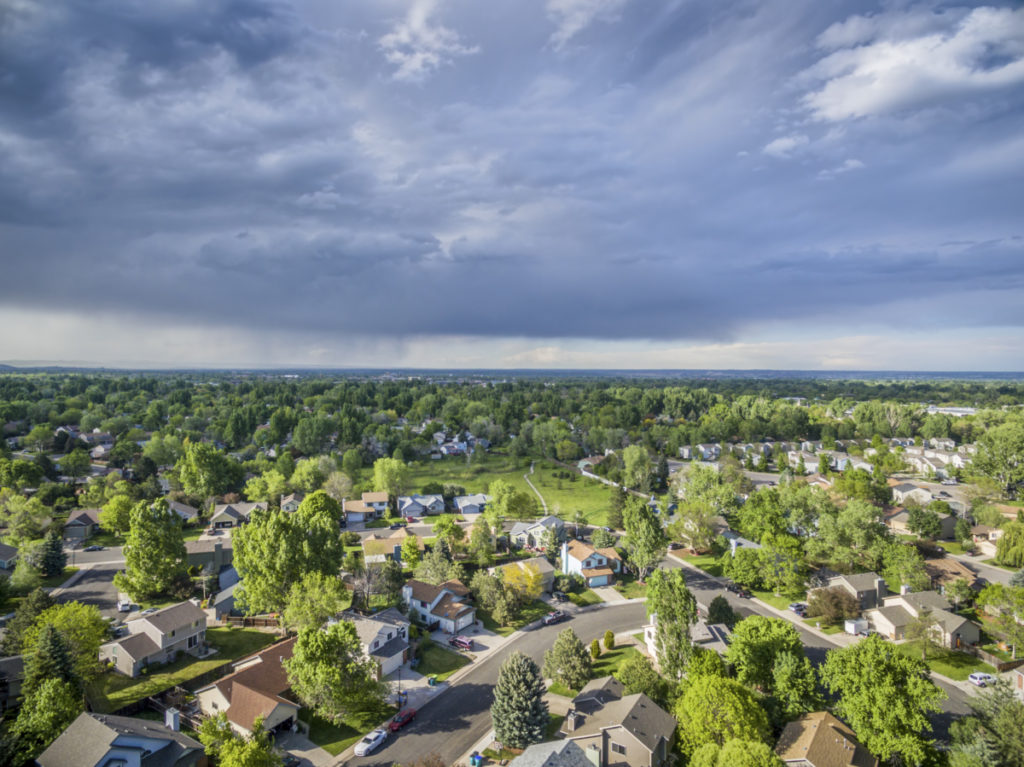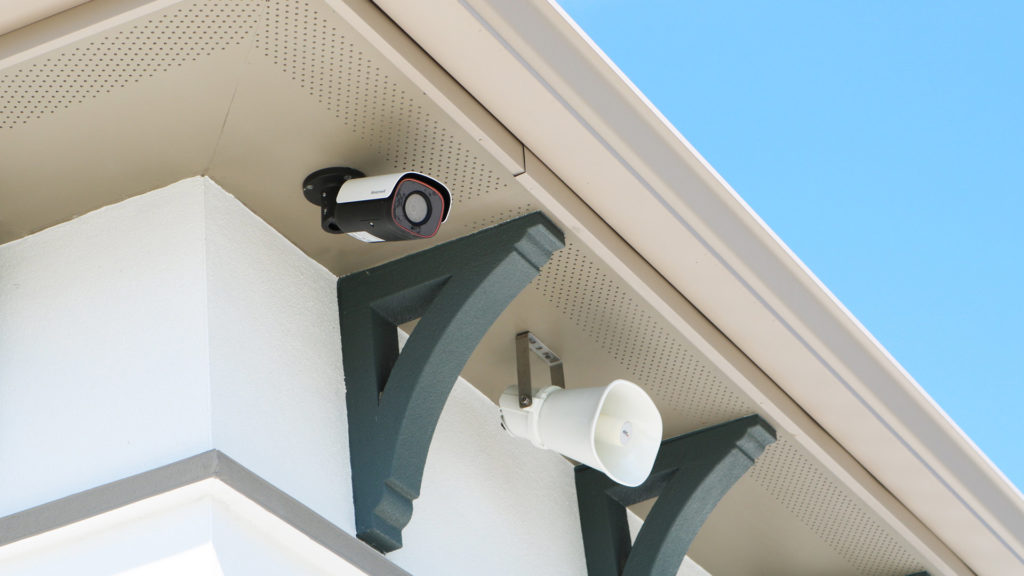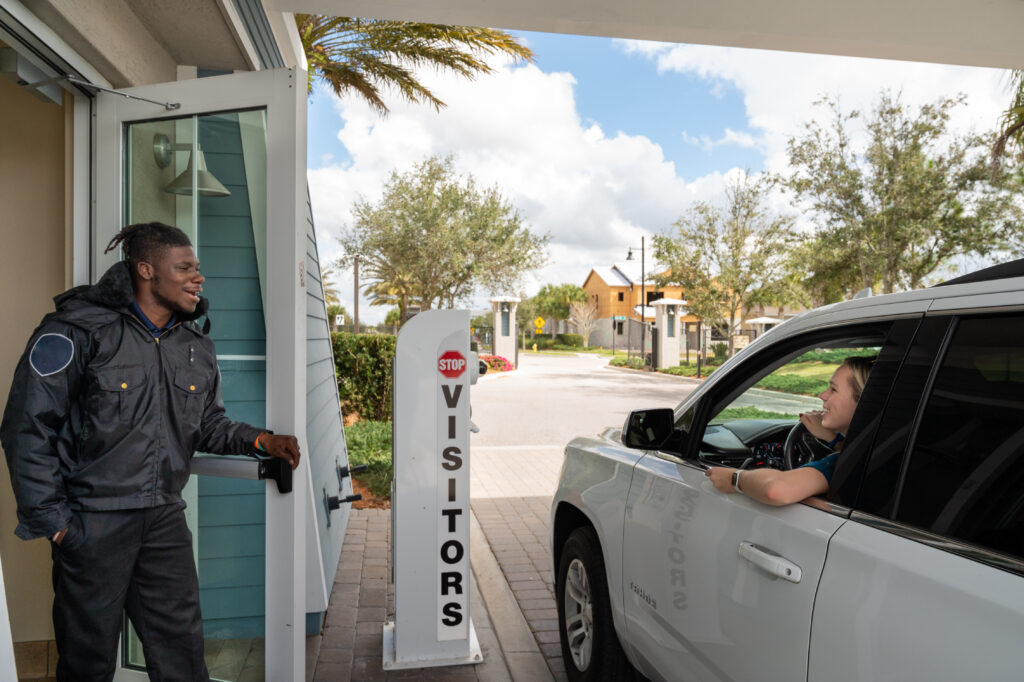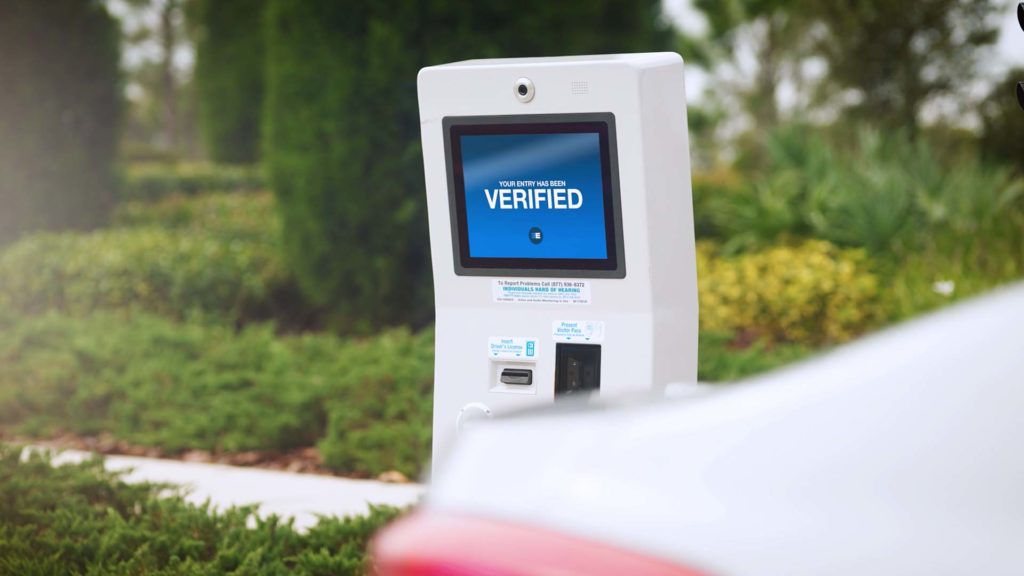Frequently Asked Questions about Broken Gates
If there is one frustration that all gated communities have in common, it is this—broken gates. When you live in a neighborhood with a gated entrance, there is a certain expectation that unwanted vehicles will be not be able to enter. This is understandable and manageable to an extent. Unfortunately, there are many causes of gate breaks, and if it is a frequent occurrence for your community, it may be time to investigate who or what the culprit is and if there is anything the association can do about it.
The biggest offenders for broken gates are tailgaters. Every community is affected by tailgating, but some more than others. One neighborhood might have a tailgater hit their gate a couple of times a month. Other communities probably see tailgaters strike their gates several times a week. Neighborhoods with swing or slides gates likely experience tailgating the most. The speed of metal gates is not designed to deter tailgating. They can prevent vehicles from entering as long as no one was driving ahead of them, and they help prevent pedestrian traffic. However, with just one authorized vehicle opening the gate, countless others can closely follow and/or clip the gates.

Other communities use barrier arms or gates that go up and down. These systems are designed to more efficiently prevent tailgating, especially if they are set to a high-speed for opening and closing. Some are fast enough to open and close in the less than a second, which is most effective. However, it is still not going to stop everyone. Barrier gates will get hit when a tailgater barrels through because the driver doesn’t know the code to get in or does not want to stop to talk with a virtual guard or guard.
In terms of servicing, barrier gates are typically easier to “service” than metal gates. With newer models, breakaway technology may be included which prevents further damage to the barrier arms and allows them to easily be reset. In some cases, an off-site technician is not even needed to provide repairs. This also means that the gates are reset faster, and a community’s entrance is not left open to the public.
Metal gates on the other hand are more likely to require repairs from the community’s gate company. It is important to know that the company that repairs entrance gates is infrequently the same vendor that provides a security system or visitor verification at the entrance. For communities with barrier gates and metal gates, the board members and property managers should also be aware that they may not be serviced by the same company as well.
Once your association knows exactly who services which equipment at the entrance and if there is any type of service and maintenance plan, they should also know the procedures for when a gate is hit. Certain providers may include gate strike sensors on barrier gates, which immediately alert agents when a gate is hit or has malfunctioned. From there, they can notify the contacts within the community of the incident through reports and even dispatch the appropriate technicians or providers, even if it is a different company that needs to service the physical equipment.
Since we know that gates will be hit, one way or another, the investment in a system that can provide evidence is critical in helping communities identify a problem and resolve it. For instance, properly placed cameras and license plate cameras can capture all activity at an entrance, specifically gate damage. If a driver tailgates and hits the gate, he or she is responsible. With that footage, a provider is able to retrieve the video of the incident and often provide the vehicle owner information as well. With this evidence, many associations can recoup gate damage costs.
Other prevention methods for tailgating include installing speed bumps to slow traffic, as well as adding barrier arms to an entrance if only metal gates are installed and vice versa. The type of visitor verification will also impact whether or not some drivers are deterred from trying to access the neighborhood. Additional signage around an entrance can also deter tailgating activity if drivers are aware of the consequences at the community.
As a gated community, know that you are already taking the initial steps to deter unwanted visitors from entering. However, it is not going to stop everyone. Drivers will find a way to get in, and even residents will tailgate and hit the arms. All types of gates are also subject to malfunctions, especially if older technology is used. It is crucial that the community knows who services the equipment at your site, even if it is multiple vendors. You should also be aware of the procedures and what steps are taken or are needed if a gate breaks. With certain measures and methods in place, you will have the evidence needed to determine what is causing issues at your entrance. From there, you can speak with your provider(s) about other options to protect your entrance or research additional solutions.
You can read the complete issue and original article here: FLCAJ – January
You can also download the article here.
